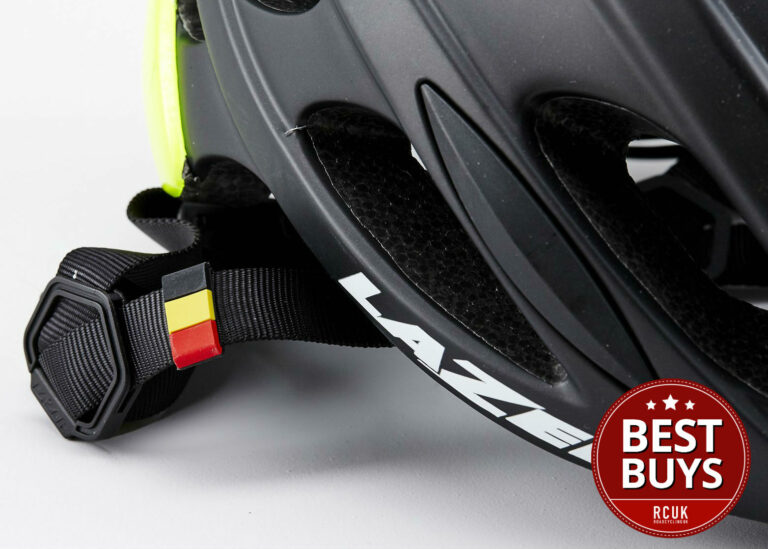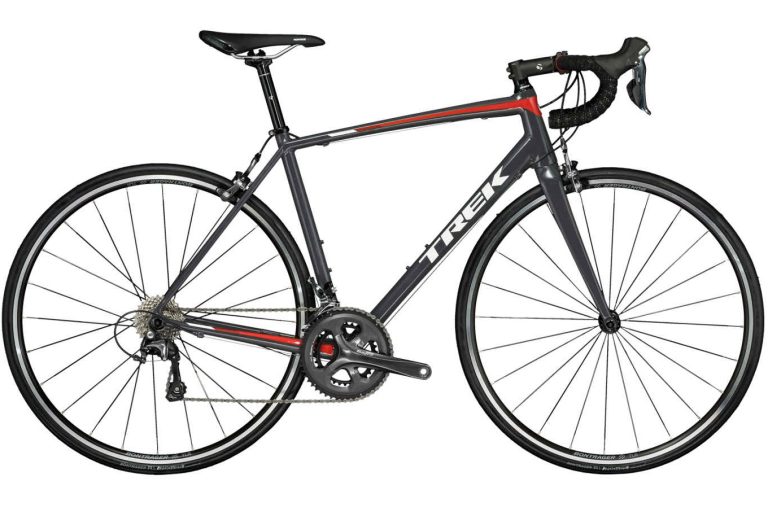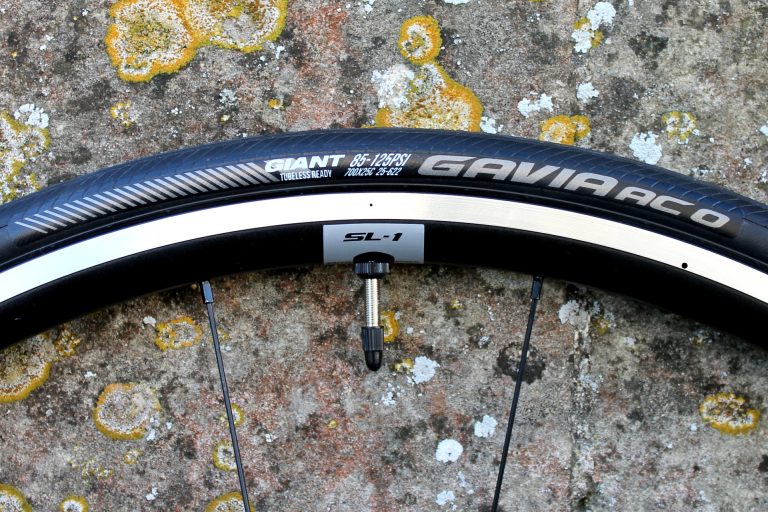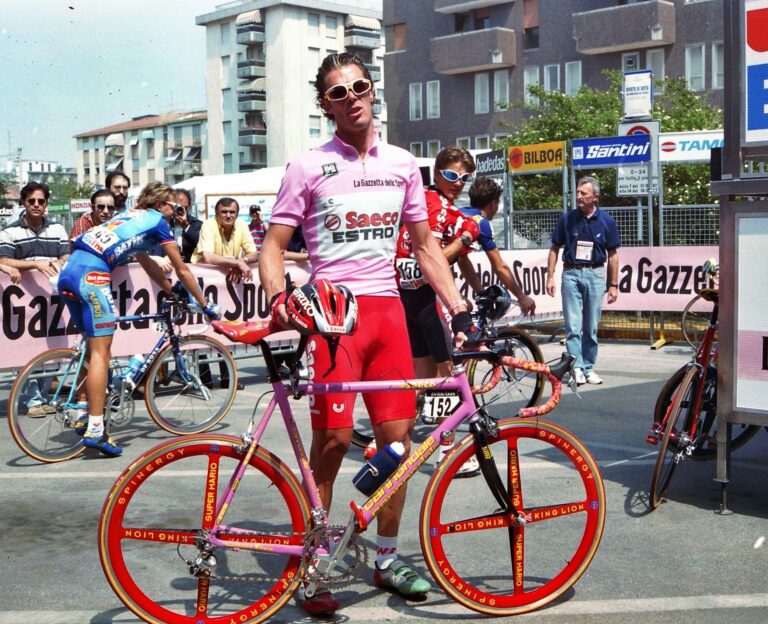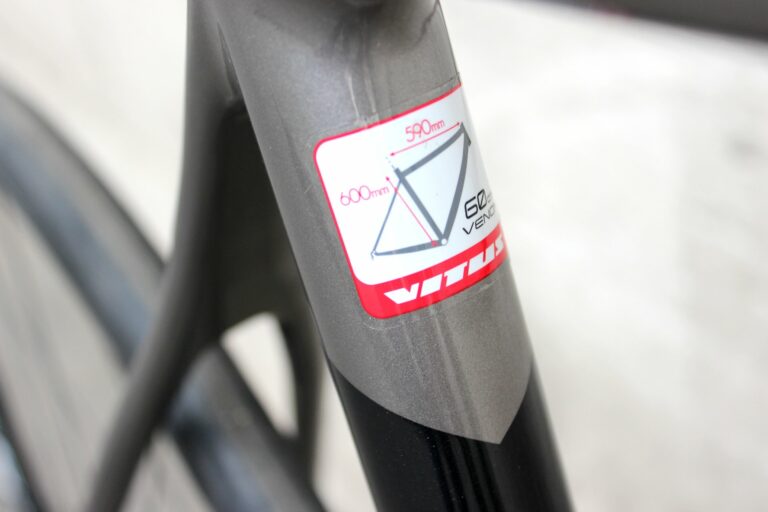We brought in an American Classic Victory 30 wheelset with a view to testing equipment for the heavier rider.
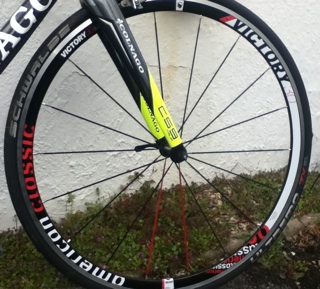
As a wheel rated for riders up to 112kg (245lb), the Classic 30 seemed a suitable choice for our 14 stone test pilot.
The wheels delivered much of what we’d anticipated from our ‘first look’.
Rims that are pinned rather than welded come with the risk of brake judder caused by the join. We noted the smooth finish on the rim surface of the Classic 30 and sure enough, experienced a judder-free experience when applying the pads of an Ultegra caliper to its surface.
A wide flange at the rear combined with a deep section rim (30mm, hence the Victory 30) to allow American Classic to use shorter spokes, a recipe for stiffening the wheel. Our test pilot put drove some watts through them and found them up to the task.
A small, but discernable lag in the engagement of the freehub body was noted before we installed the wheels, and, when ridden, the lag was, well, small but discernable.
Our sole area of concern was the small bearing used in the front wheel: its longevity and the degree with which the necessarily diminutive end cap would remain securely held in the fork.
The bearing has performed faultlessly during our month-long test, the minimum perhaps the owner of a £400 wheelset has a right to expect. Only a longer test would lay our concerns to rest entirely.
We were, however, able to strike the only other question mark from our list: the small bearing end caps remained perfectly true in the fork even under the not inconsiderable force exerted by our test pilot.
At about 1,600 grams, the Victory 30 isn’t the lightest wheel set on the market. We’re pleased to report its extra heft didn’t slow progress unnecessarily, though it’s worth noting they were tested in a Colnago C59 – hardly the weightiest of steeds.
At this price point, the principal competition is likely to come from Mavic’s Ksyrium Elite, a welded rim with threaded spokes, and Fulcrum Racing’s 1,555 gram Racing Three, a wheelset with an oversized hub body at the front, in contrast to the small bearings of the Victory 30, but with a large flange only on the driveside of the rear hub.
We liked the Victory 30, a good looking, free rolling wheel that held firm under the weight of a large test pilot. A longer test to establish the longevity of the front bearing would allow us to recommend them wholeheartedly.

